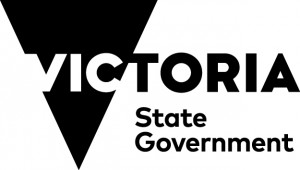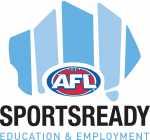Standard 3 – Code of Conduct
A code of conduct that establishes clear expectations for appropriate behaviour with children.
This Means:
Setting clear expectations for appropriate behaviour with children by:
- Providing written information on appropriate conduct and behaviour towards children
- Detailing acceptable and unacceptable behaviours in situations as they relate to your organisation. For example, physical contact, personal care, online communication, adult to child ratios, camps and travel.
- Educating everyone (coaches, officials, staff, volunteers, parents and children) about the required standards of behaviour and what will happen if a person does not comply
Examples of how your organisation can meet this Standard:
- Develop a new (or review your existing) code of conduct to ensure it outlines clear standards for working with children in a range of situations and environments. Your State Sport Association may have updated Codes of Conduct your organisation can adopt.
- Embed child safe statements into any current codes of conduct (i.e. Committee, Staff, Coaches, Officials, Volunteers, Parents and participants)
- Build ownership and commitment to the code of conduct by providing opportunities for everyone to contribute to the code of conduct.
- Ensure everyone, including Committee, Staff, Coaches, Officials, Volunteers, Parents and participants are aware of the code of conduct and have them sign and agree to it. This may be handwritten or electronic.
- Require agreement with the code of conduct as part of the membership or registration process
- Provide a contact person/people to assist with enquiries and activities
- Educate staff, volunteers, parents and children about the required standards of behaviour and what will happen if a person does not comply. This may occur at:
- Team meetings
- Induction nights
- Registration days (or as part of an online registration process)
You can support your members by:
- Providing an outline of the process used to develop/update your code of conduct
- Providing a contact person/people to assist with their enquiries and activities
- Providing written information on appropriate conduct and behaviour towards children
- Detailing acceptable and unacceptable behaviours in situations as they relate to your organisation. For example physical contact, personal care, online communication, adult to child ratios, camps and travel.
- Educating staff, volunteers, parents and children about the required standards of behaviour and what will happen if a person does not comply. This may be done at:
- Team meetings
- Induction nights
- Registration days (or as part of an online registration process)
Helpful Resources:
Developing a Child Safe Code of Conduct
Child Safe Code of Conduct Template
Guidelines for Communication When Working with Children
Guidelines for Physical Contact When Working with Children
CCYP – Standard 3: Code of Conduct


























